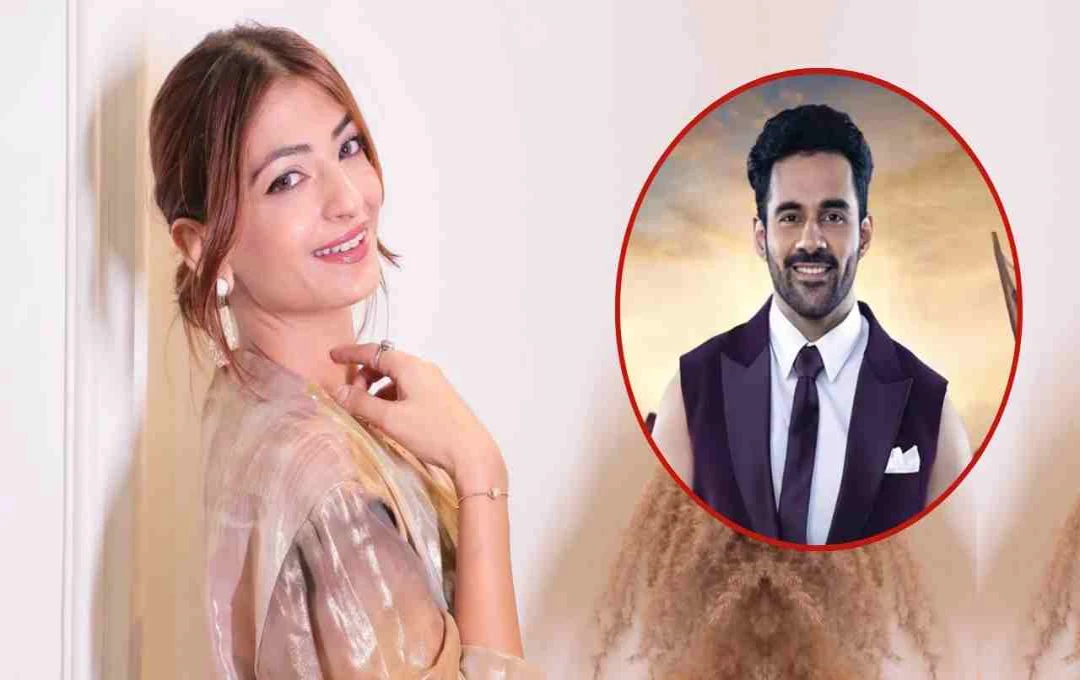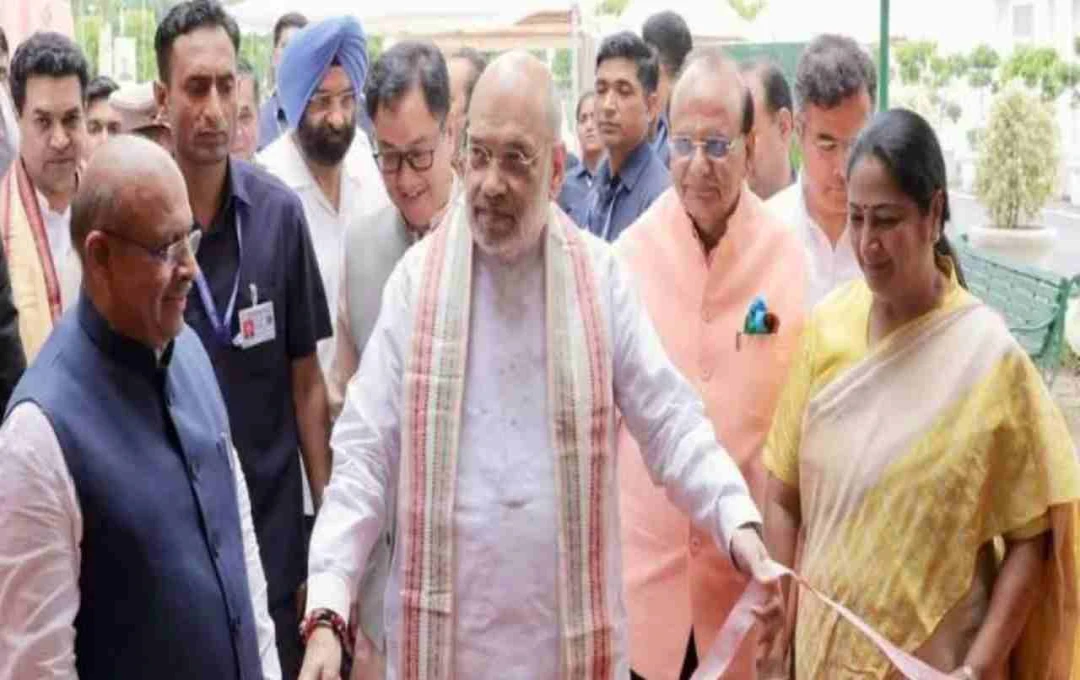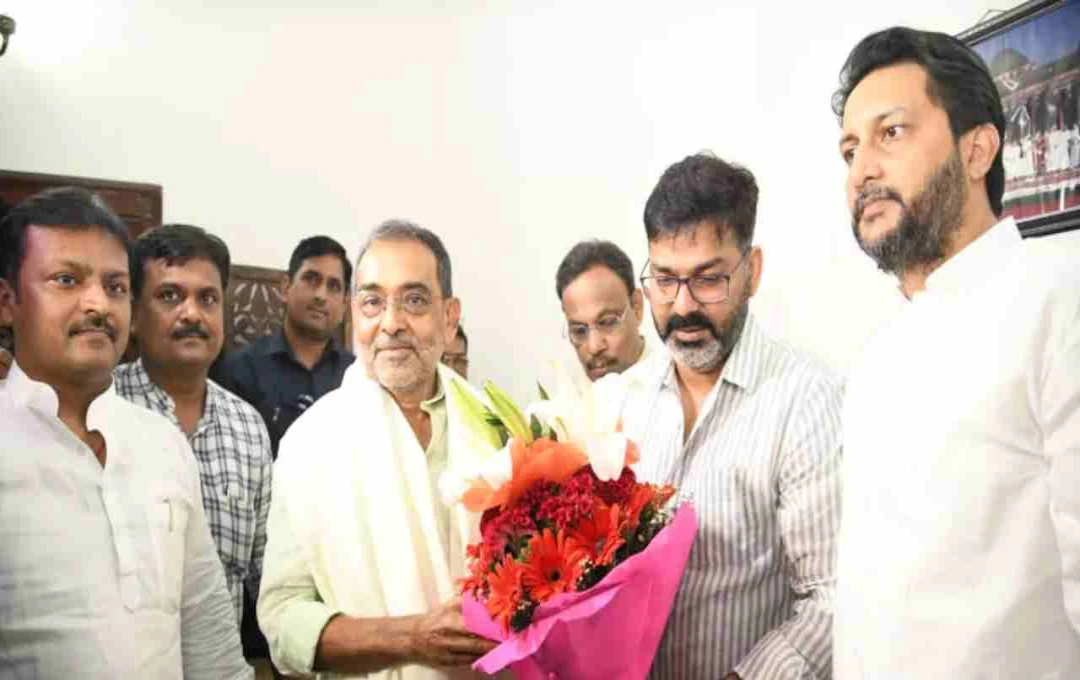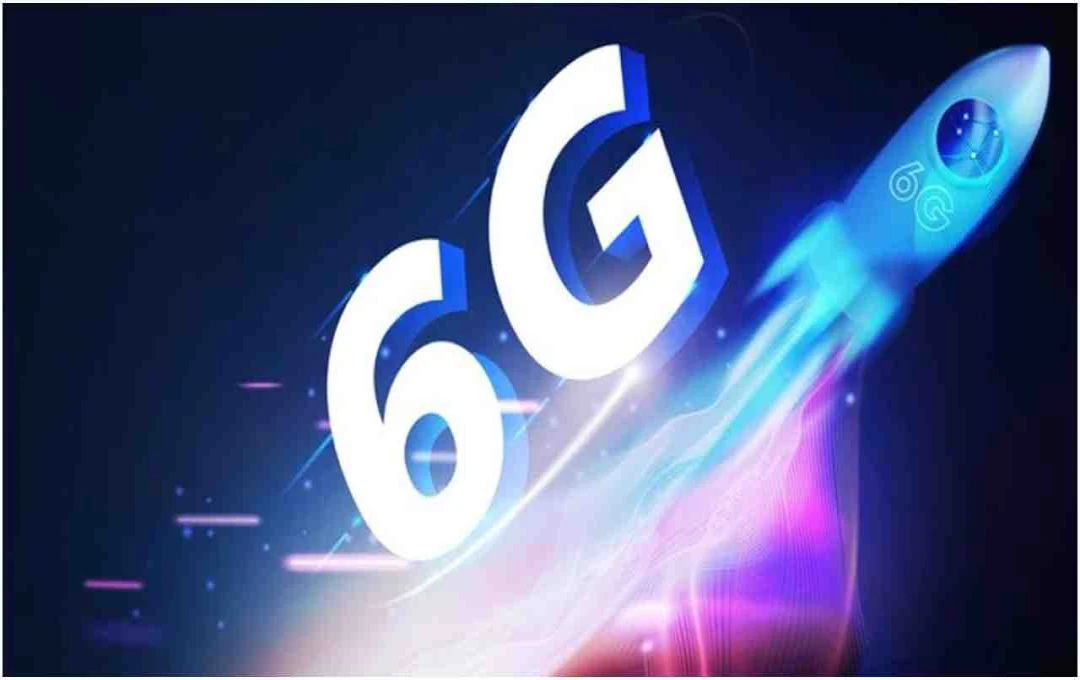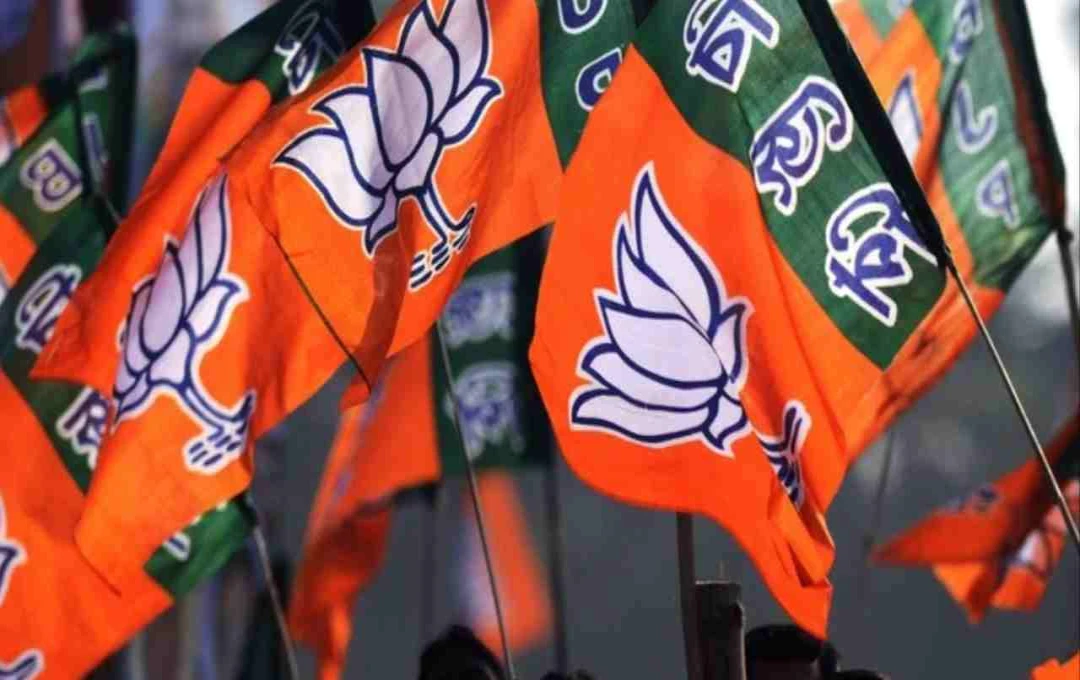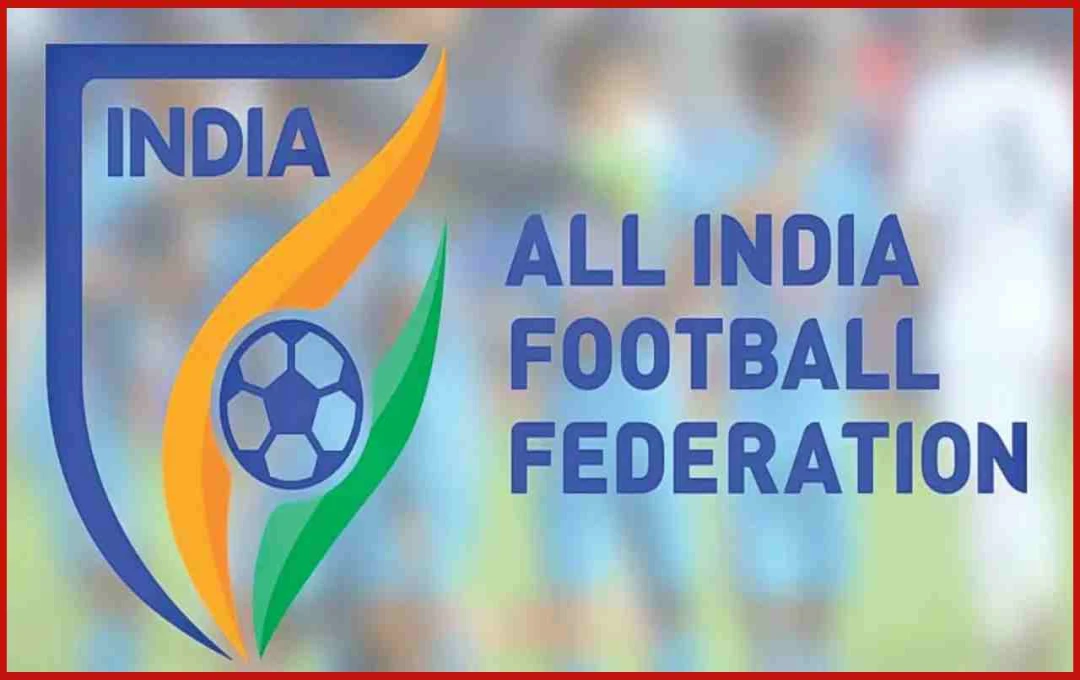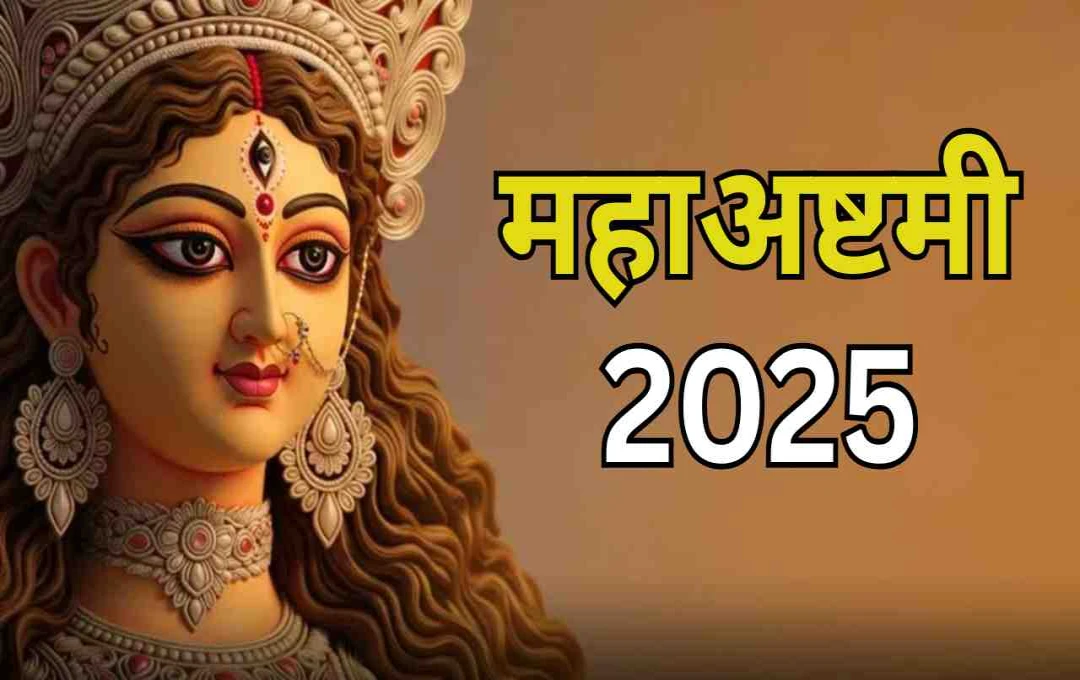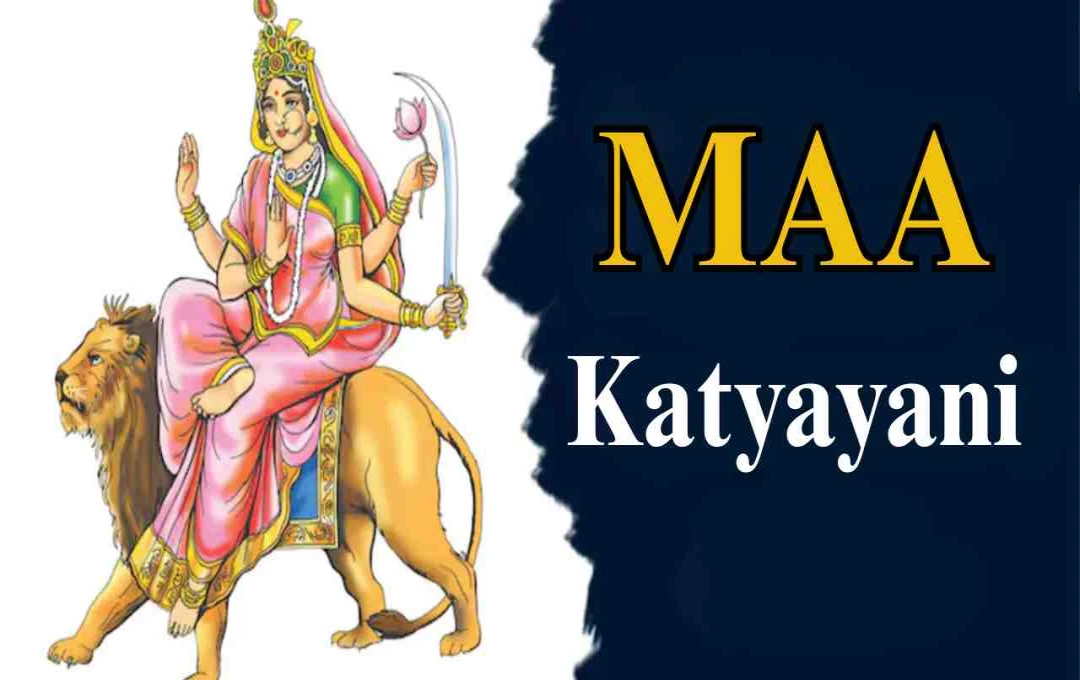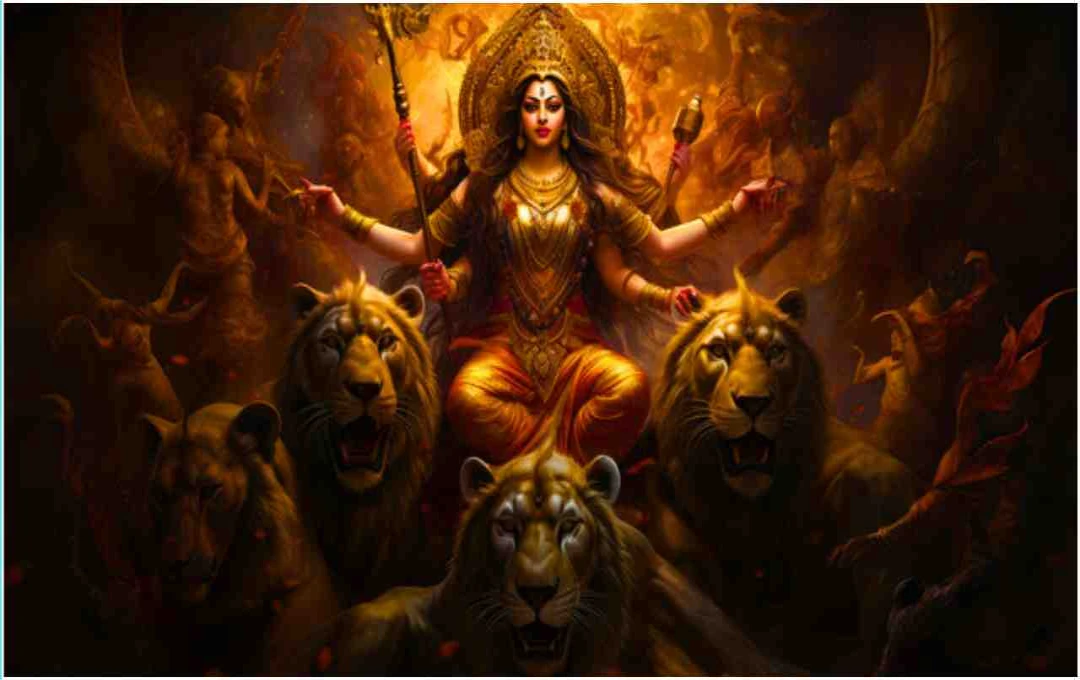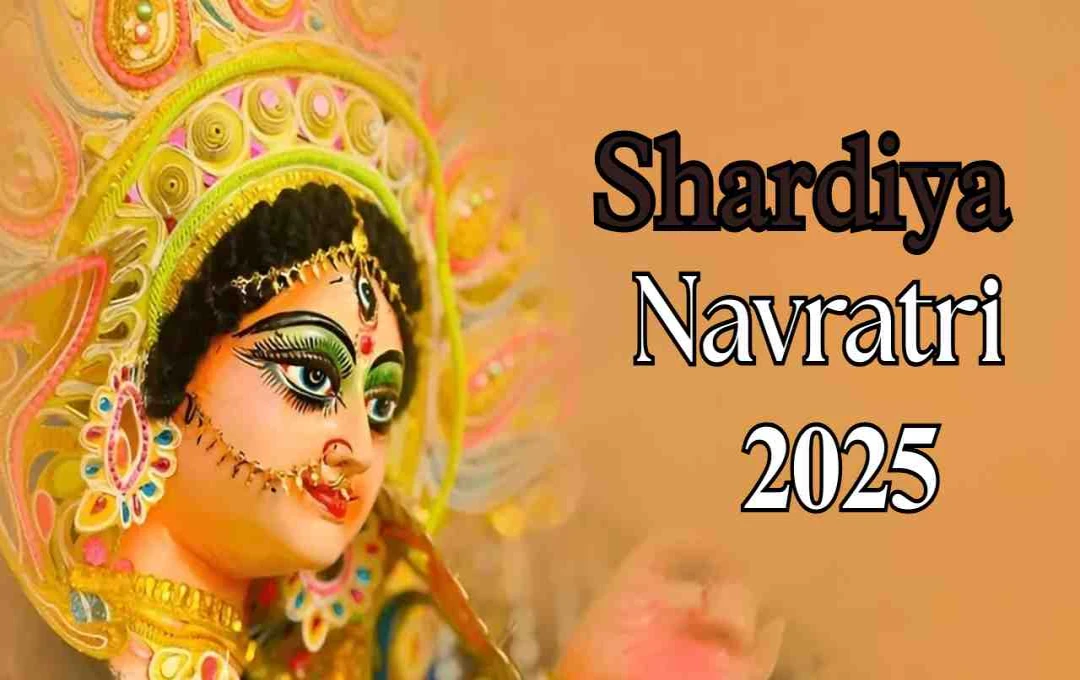Bollywood often sees a dominance of formulaic narratives and familiar faces, leading many actors to struggle with typecasting. This means they are confined to playing similar roles repeatedly, posing a significant challenge to showcasing their full talent.
Entertainment: Bollywood has long grappled with a phenomenon that limits actors' potential – typecasting. Hindi cinema frequently confines actors to specific character types. Whether a romantic hero, villain, comedian, or serious actor, once an actor establishes an image with audiences, breaking free from that mold becomes difficult.
However, attempts to break this tradition are gaining momentum. Bollywood veterans Bhagyashree, Vivek Oberoi, and Rahul Bhatt have openly shared their insights on this complex issue and offered advice on escaping this trap.
Typecasting: Bollywood's Enduring Challenge
Typecasting, the confinement of an actor to a limited range of roles, is a long-standing Bollywood problem. It not only impacts actors' careers but also hinders audiences from experiencing the cinema's diverse possibilities. Producers and directors often opt for actors with established images to minimize risk, suppressing actors' talents and preventing them from exploring varied roles.

Vivek Oberoi's Courage: Identity Forged Through Diversity
Actor Vivek Oberoi exemplifies overcoming typecasting. He has demonstrated his versatility, proving that these constraints can be broken. In "Saathiya," he played a romantic hero, while in "Company," he transformed into a gangster. His comedic role in "Masti" and villainous turn in "Krrish 3" surprised audiences. Vivek believes actors should take risks and choose challenging roles.
He also noted that today's audiences are more open-minded than before and are willing to accept actors in new roles. Recently, Vivek delivered a critically acclaimed performance in the Malayalam film "L2: Empuraan."
Bhagyashree's Return: A New Identity
Bhagyashree, who rose to fame with Salman Khan's "Maine Pyar Kiya," took a break from acting after marriage and family. However, she recently made a successful comeback, portraying diverse characters in films like "Radhe Shyam" and "Thalaivii." Bhagyashree says she consciously chose new and challenging roles upon her return to diversify her image. She praised actors like Ranveer Singh, who constantly reinvent their roles and don't fear typecasting.
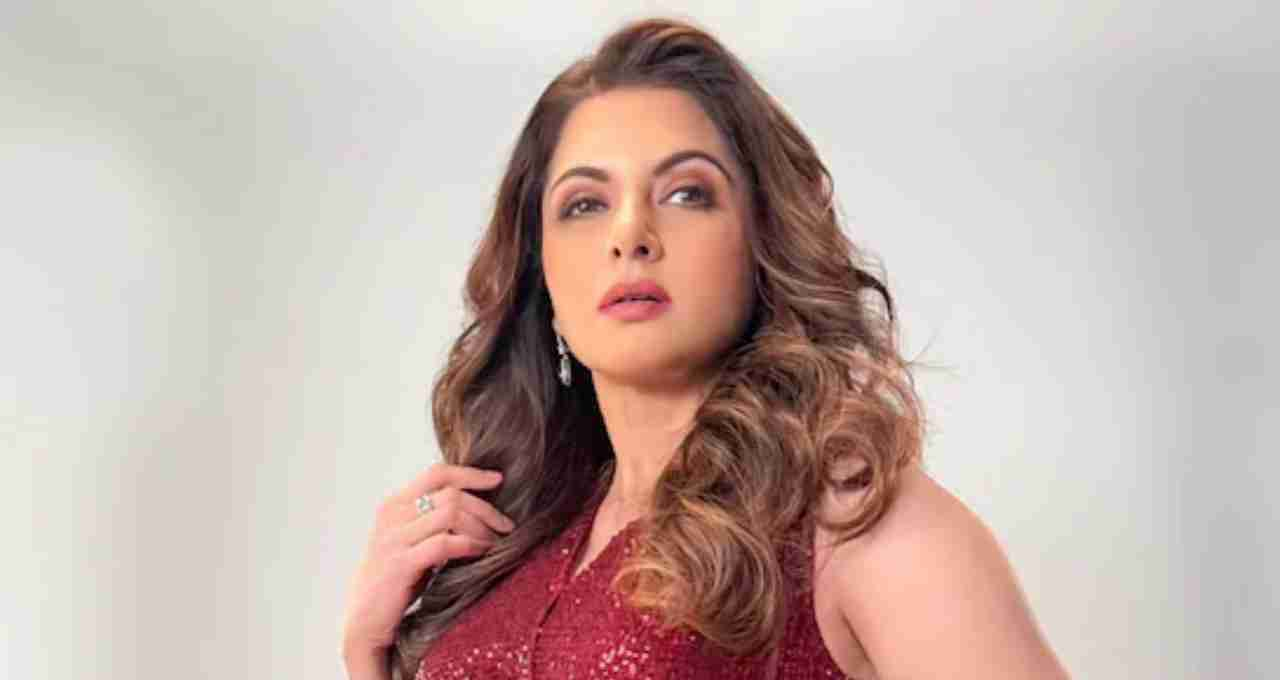
Rahul Bhatt: Hope for a New Era
While Rahul Bhatt has also faced the challenges of typecasting, he believes that social media and OTT platforms have expanded opportunities for actors in this new era. These platforms empower actors to independently explore characters and present new images to audiences. Rahul Bhatt suggests that Bollywood must move beyond formulaic films and stereotypical characters, embracing new ideas and unique roles.
The Importance of Theater and Indie Films
Director and actor Anant Mahadevan believes that theater and indie films are the best ways to avoid typecasting. Theater provides actors with opportunities to play diverse roles, pushing their talents to new heights. Anant's work in several offbeat films demonstrates that when actors embrace varied roles, audiences' perceptions also change.
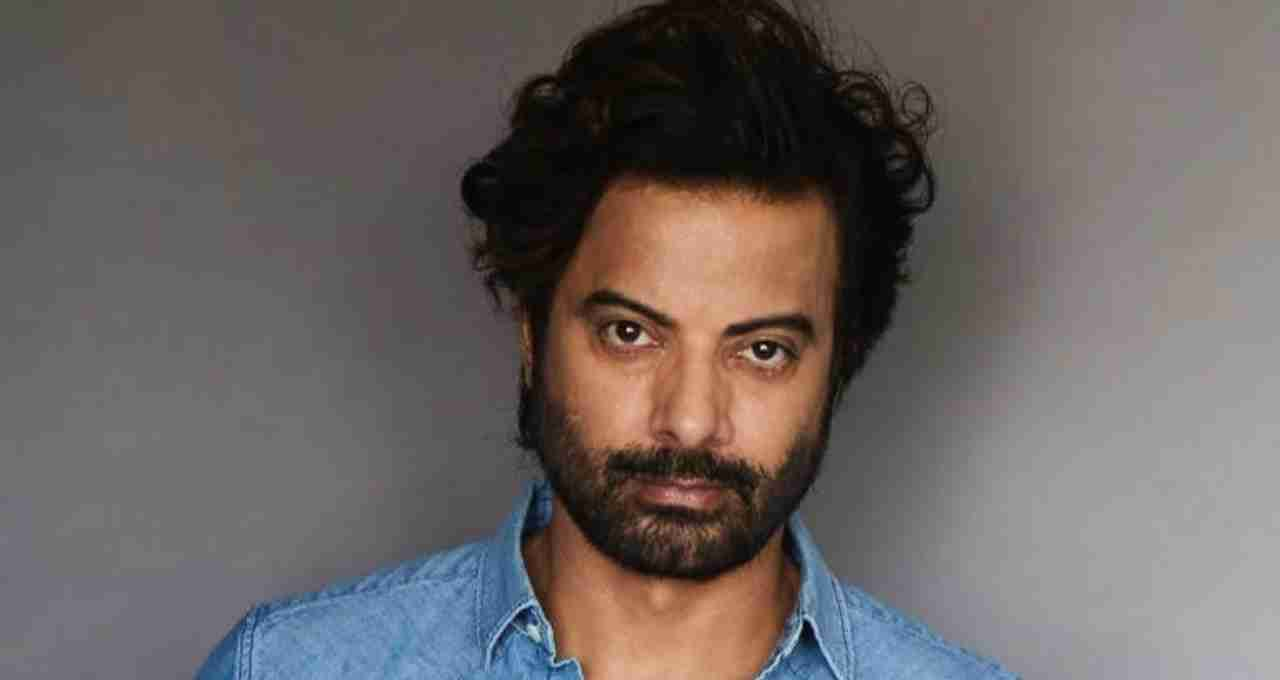
Learning from Past Stars
Bhagyashree cites veteran actors Rishi Kapoor and Sanjeev Kumar as examples of those who overcame typecasting. Rishi Kapoor played diverse roles, from romantic to serious and socially relevant characters, while Sanjeev Kumar showcased his versatility in films like "Koshish" and "Shatranj Ke Khiladi." Today, Ranveer Singh continues this tradition, delivering exceptional performances in films like "Padmaavat," "83," and "Jayeshbhai Jordaar."
The Growing Influence of Social Media and OTT
In today's digital age, social media and OTT platforms have provided Bollywood actors with new avenues to establish their identities. They can now directly reach their fans and challenge typecasting. Vivek Oberoi's roles in web series like "Inside Edge" and "Dharavi" have revealed new facets of his acting abilities to the audience.


